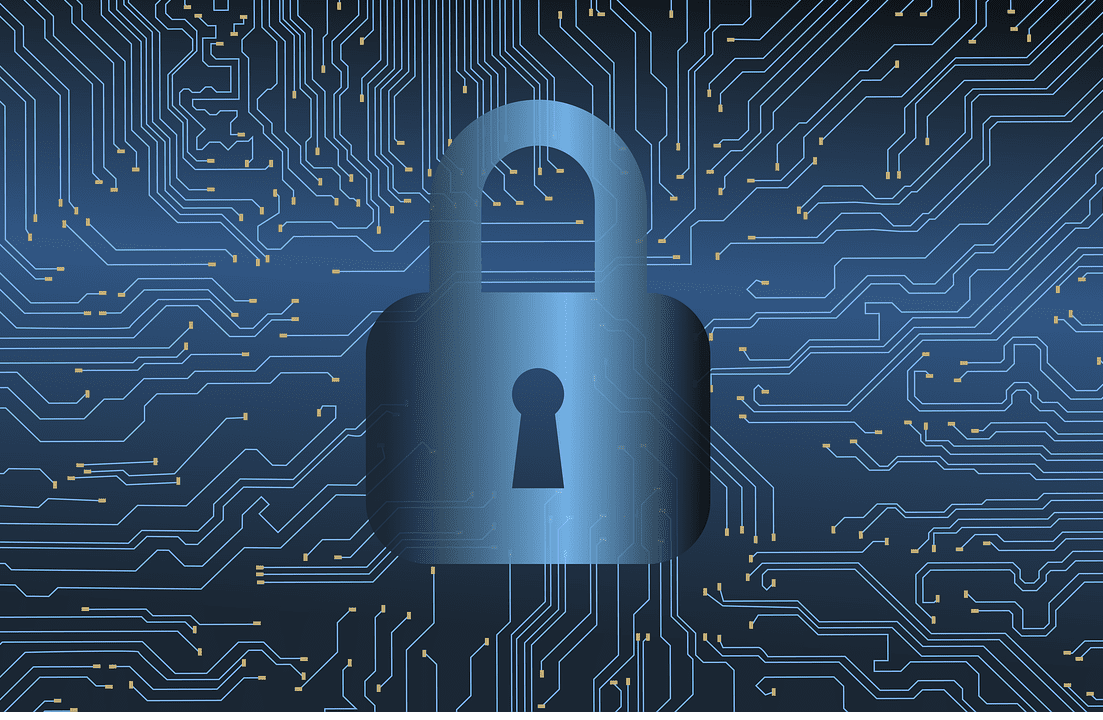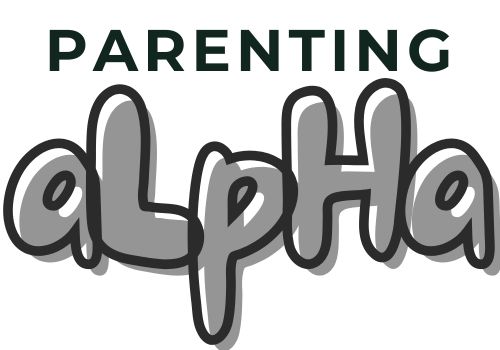As kids increasingly rely on digital platforms for communication, education, entertainment, and productivity, cybersecurity education equips them with the smarts and tools to navigate safely and responsibly.
This education equips them with the knowledge and skills to be “digital ninjas” – and thus, guardians of their own safety online. This is particularly true for Alpha and Beta generational cohorts.
As digital natives, they are more adept at using technology than their parents. However, this proficiency can sometimes lead to complacency, thus, making them vulnerable to online threats.
Cybersecurity education is important for everyone else; from individuals, businesses to governments. As more and more of our lives go digital, it is increasingly important to protect ourselves from related digital threats.
So, What is Cybersecurity?
Cybersecurity is the practice of protecting all things digital from attack. This includes things like computers, servers, mobile devices, electronic systems, networks, and of course, information/data. It involves the use of technologies, processes, and controls to safeguard digital assets from threats such as hackers, viruses, and other forms of cybercrime.
Cybersecurity aims to ensure the confidentiality, integrity, and availability of information, thereby protecting it from unauthorized access, damage, or disruption.
This field encompasses various disciplines, including:
- network security
- information security
- application security
- operational security
Each of the above focuses on different aspects of protecting digital infrastructure.
Here are some of the things cybersecurity protects against:
- Unauthorized access: This means keeping people out of your systems and data who shouldn’t be there.
- Cyberattacks: These are deliberate attempts to breach security for malicious reasons. This could include stealing data, corrupting information, or even shutting down entire systems.
- Malicious software (malware): This is software designed to harm your systems, like viruses and ransomware.
The ultimate goal of cybersecurity is to keep all information and data safe and secure.
Key Components of Cybersecurity Education for Kids:

To effectively educate children about cybersecurity, we must focus on several key components that are relevant for kids:
1. Understand Online Privacy
Online privacy is the foundation of cybersecurity. Children need to understand the importance of keeping their personal information private. This includes their full name, address, phone number, school name, and any other identifying information. Educators and parents should emphasize the risks of sharing personal information online and provide guidelines on what is safe to share.
2. Recognize and Respond to Cyberbullying
Unfortunately, online harassment is a reality. Kids need to know how to recognize and avoid cyberbullying, and how to report it safely. Cyberbullying is a prevalent issue that can have severe psychological effects on children. Teaching children how to recognize cyberbullying and providing them with strategies to respond effectively is crucial. Encourage open communication, so children feel comfortable reporting any incidents of cyberbullying to trusted adults.
3. Safe Social Media Practices
Social media platforms are popular among children and teenagers. While these platforms offer opportunities for social interaction and creativity, they also pose risks. Teach children about setting strong privacy settings, being mindful of what they post, and understanding that their digital footprint is permanent. Emphasize the importance of thinking before sharing and the potential consequences of oversharing.
4. Identify and Avoid Online Scams
Children are often targeted by online phishing scams, including phishing emails, fake websites, and fraudulent advertisements. Educate children on how to identify scams that lead them into revealing personal information, clicking on malicious or suspicious links. Use real-life examples to illustrate common scams and how to avoid them.
5. Understand Malware and Safe Downloads
Malware, including viruses and spyware, can compromise personal information and harm devices. Teach children the importance of downloading software and apps from trusted sources only. Explain the risks associated with downloading files from unknown websites and the importance of having reliable antivirus software.
6. Beware of Online Predators!
Malicious individuals lurk online, targeting unsuspecting users. Cybersecurity education teaches kids to be cautious when interacting with strangers online. Online predators are malicious individuals who use the internet to exploit and harm others, often targeting vulnerable groups such as children and teenagers. They employ various tactics, including impersonation, deception, and psychological manipulation, to gain the trust and personal information of their victims.
7. Filter Inappropriate and False Content!
The internet is vast, and not everything is suitable for young eyes. Inappropriate content refers to online material that is unsuitable or harmful, particularly for certain audiences like children. This includes content that is sexually explicit, violent, hateful, or otherwise offensive and disturbing.
Elsewhere, false content may refer to content generated as a result of AI hallucination, and even users with negative intents.
Ensuring protection from bad content involves implementing content filters, parental controls, and safe browsing practices, as well as educating users about the potential risks and encouraging reporting of such material to maintain a safe and secure digital environment.
Engaging Activities for Different Age Groups:

Cybersecurity education can be fun and interactive! Tailor activities to your child’s age and interests:
- Younger Children (5-8 years old):
- Use age-appropriate games and apps that teach safe browsing habits and online manners.
- Read stories or watch cartoons that address online safety topics.
- Role-play safe and risky online scenarios.
- Middle Childhood (9-12 years old):
- Introduce browser extensions that block inappropriate content.
- Engage them in online quizzes or coding challenges that teach cybersecurity basics.
- Teenagers (13-18 years old):
- Discuss real-world examples of cyber threats like phishing scams.
- Have open conversations about social media etiquette and responsible online content creation.
- Encourage them to explore online resources and tutorials on topics like password management and encryption.
- Engage them in online quizzes or coding lessons and tasks that teach cybersecurity.
- Encourage participation in online safety workshops or virtual camps.
… Virtual Camps Explained:
Cybersecurity virtual camps for kids offer engaging, interactive programs that teach essential online safety and cybersecurity skills through hands-on activities and expert instruction. These camps cater to various age groups and cover topics like ethical hacking, coding, cryptography, and digital forensics, helping children develop critical thinking and problem-solving abilities. Programs such as CyberPatriot CyberCamp, iD Tech Camps, and CodeAdvantage Virtual Cybersecurity Camp provide flexible scheduling and age-appropriate content, making learning fun and accessible. These camps not only equip kids with valuable technical skills but also promote safe online behavior and spark interest in potential future careers in cybersecurity.
Valuable Resources for Parents and Educators:

There are numerous resources available to support you in your child’s cybersecurity education journey:
- Government Websites: Many government agencies offer resources on online safety for kids and families.
- Non-profit Organizations: Organizations like National Cyber Security Alliance and ConnectSafely provide educational materials and tips.
- Educational Technology Companies: Several EdTech companies develop educational games and software focused on cybersecurity awareness.
- Books and Articles: A wealth of books and articles provide guidance on raising digitally responsible children.
Here are a few real world resources to get you started:
- National Cyber Security Alliance (NCSA):
The NCSA offers a wide range of resources for parents and educators on cybersecurity education for kids, including Cybersecurity & Privacy Basics for Kids. They also have a “Cybersecurity Games & Activities” section to make learning fun and engaging!
This non-profit organization is a great resource for finding information on a variety of online safety topics, including cybersecurity. They have a specific section for “Kids & Teens” with resources, articles, and tips.
Khan Academy offers a free, self-paced online course called “Internet Safety for Kids“. This course is designed for kids ages 8 and up and covers topics like strong passwords, online privacy, and cyberbullying.
These are just a few of the many great resources available online to help you teach your child about cybersecurity. With a little effort, you can help your child develop the skills and knowledge they need to stay safe online.
Additional Tips:
- Lead by Example: Practice good digital hygiene yourself. Be mindful of what you share online and show them how to maintain privacy settings.
- Open Communication is Key: Encourage your kids to talk to you about anything they encounter online that makes them feel uncomfortable or unsafe.
- Privacy Matters: Discuss the importance of online privacy and teach them not to share personal information like addresses or phone numbers online without your permission.
- Set Ground Rules Together: Discuss appropriate online behavior, safe browsing habits, and boundaries on screen time.
- Strong Passwords are Essential: Teach them the importance of creating strong and unique passwords and keeping them confidential.
- Stranger Danger Applies Online Too: Just like in the real world, online interactions with strangers require caution.
- Balance is Key: Encourage responsible online behavior but also emphasize the importance of real-world interactions and unplugged time.
Remember: Cybersecurity education is a continuous process for kids. As they grow and explore more complex online environments, adapt your conversations and strategies. By working together, you can equip them with the knowledge and tools to navigate the digital world with confidence, thus, becoming true Digital Ninjas!





Leave a Reply